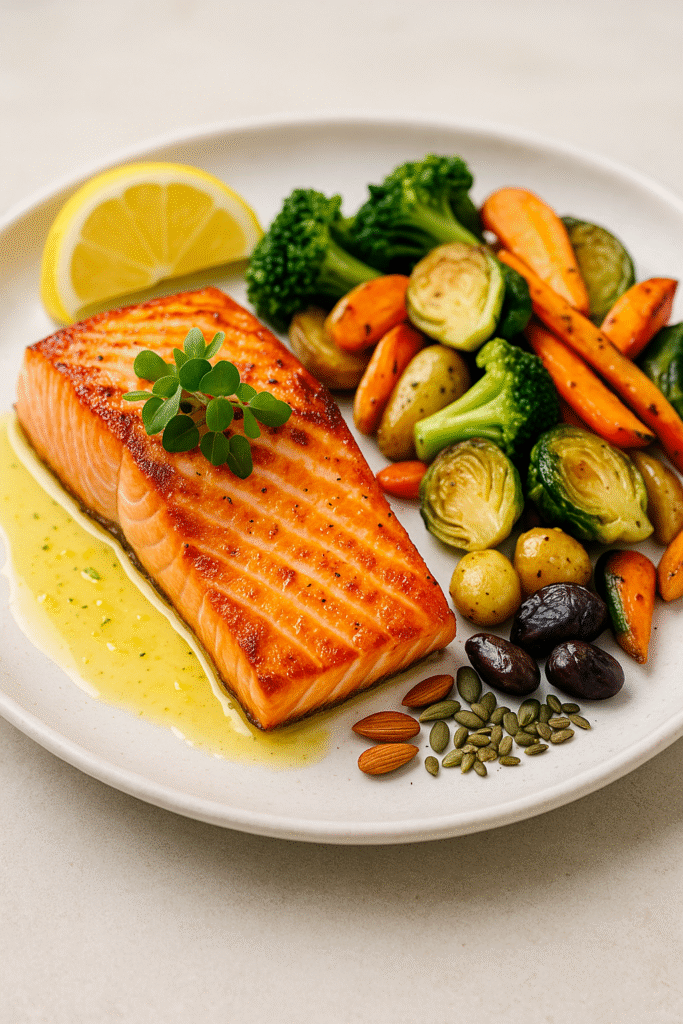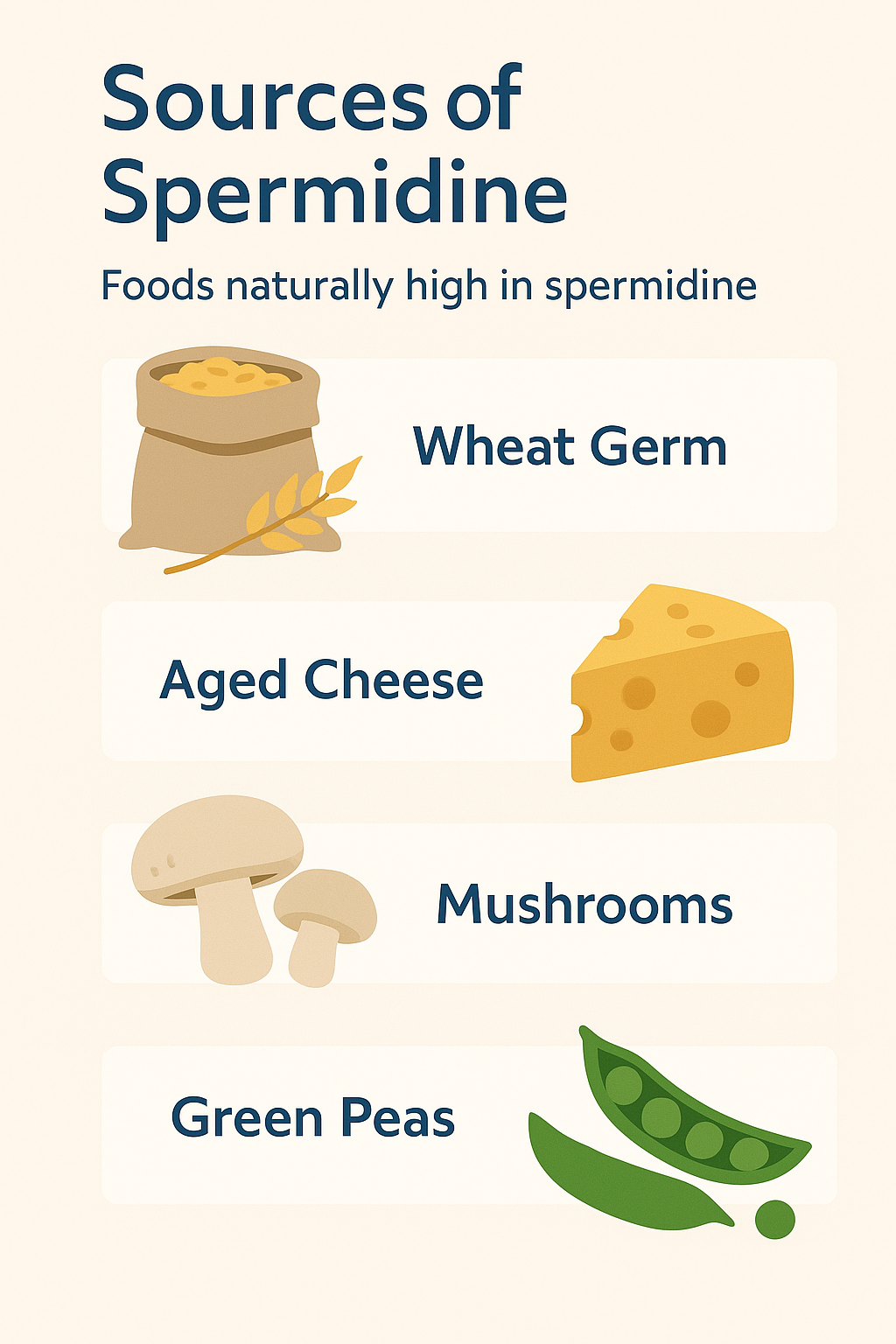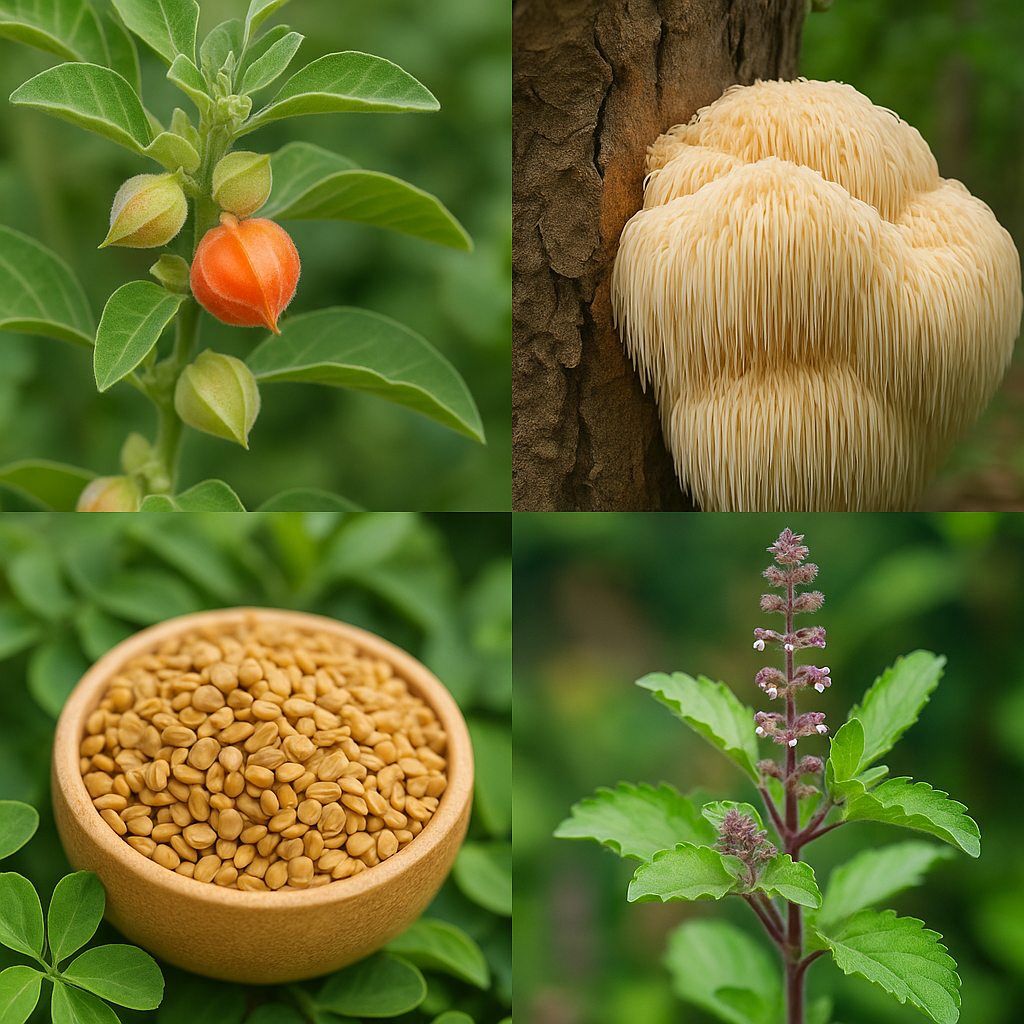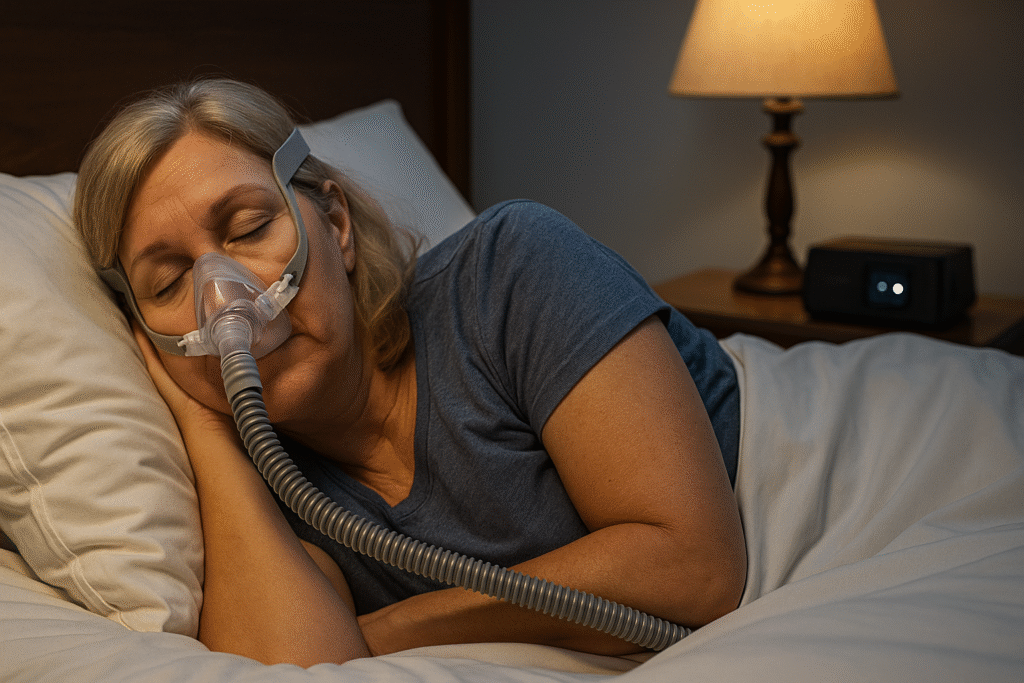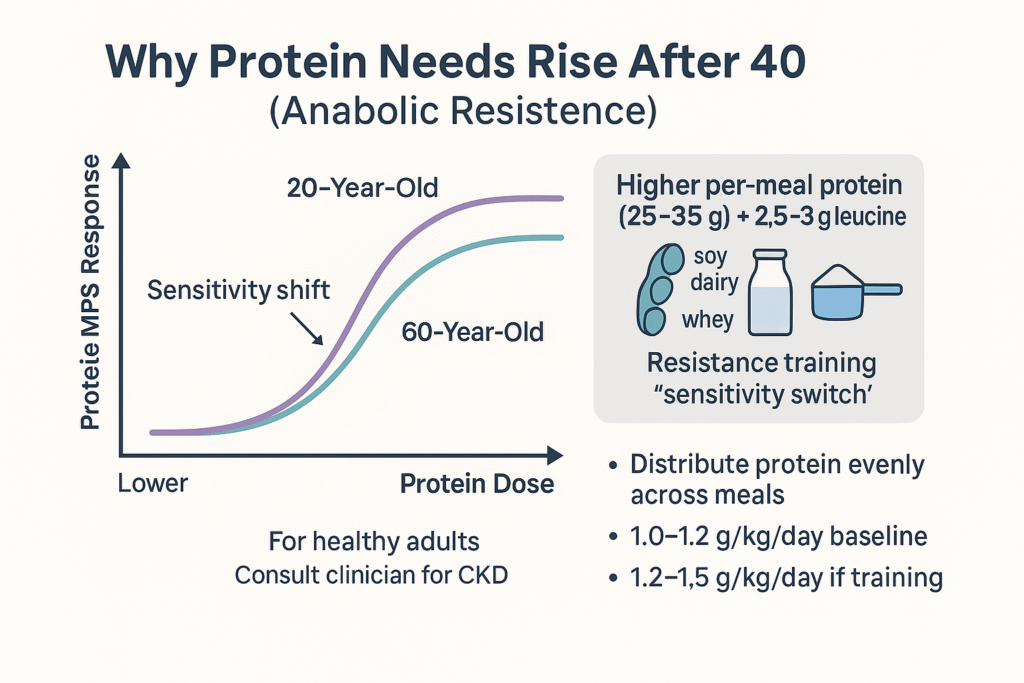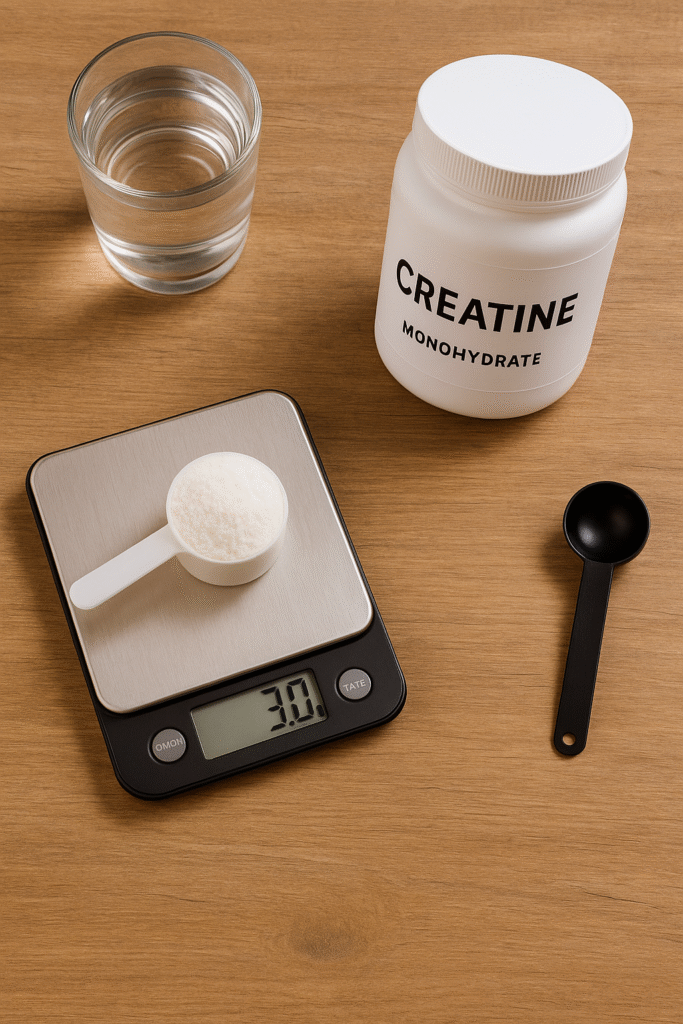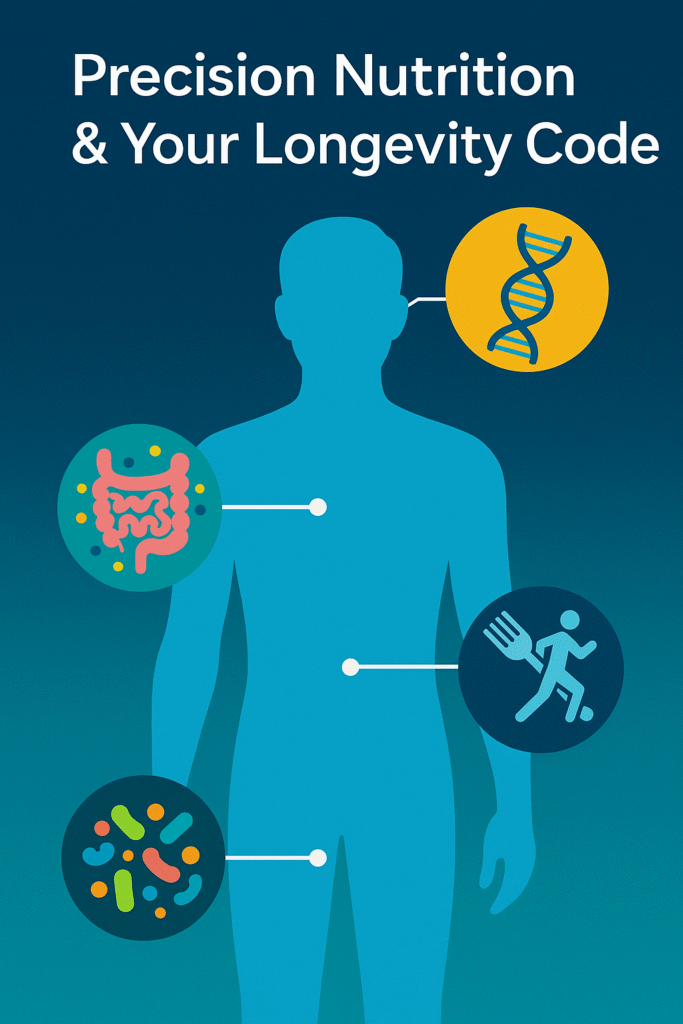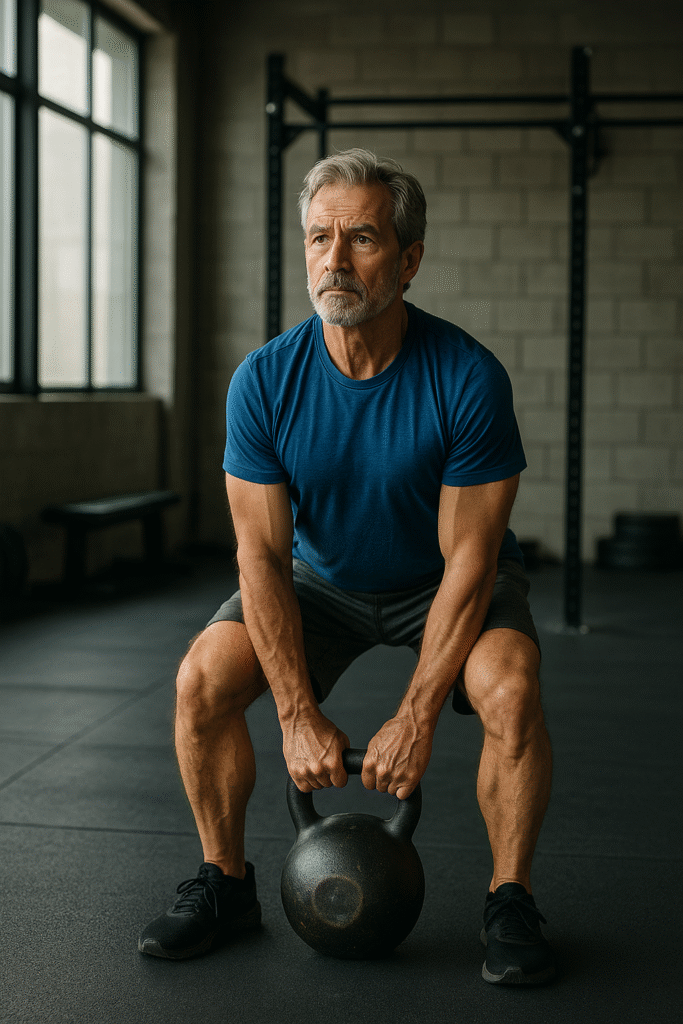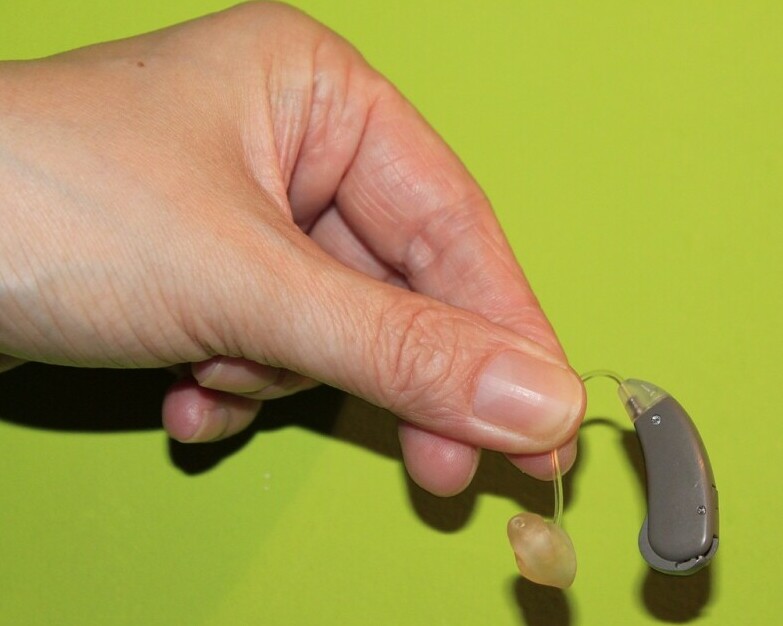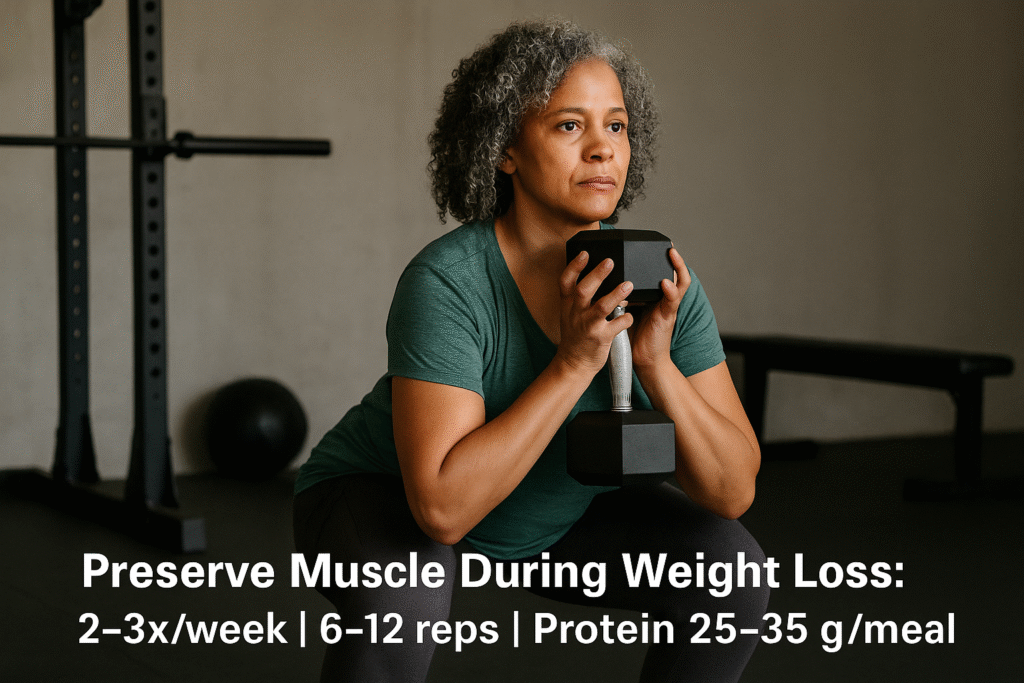Aging is inevitable, but modern health practices are showing promising ways to manage and potentially slow down the impacts of aging on our bodies and minds. One intriguing area of exploration is cold therapy, with advocates touting it as a method to promote recovery, resilience, and possibly even longevity. But can subjecting our bodies to cold temperatures really help slow the aging process? In this article, we’ll break down what cold therapy is, how it’s thought to influence aging, and practical ways to incorporate it into your life. By the end, you’ll understand not only the science behind cold therapy but also how to apply it safely to improve your health journey.
Understanding Cold Therapy: What It Is and How It Works
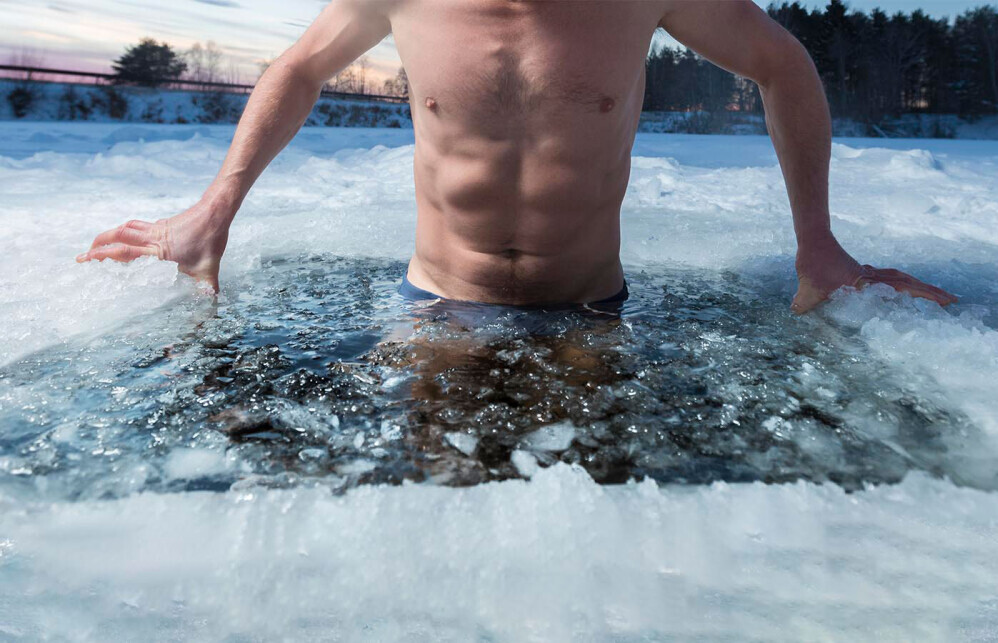
Definition and Types of Cold Therapy
Cold therapy, also known as cryotherapy, involves exposing the body to low temperatures for health benefits. From whole-body cryotherapy (WBC) to simple ice baths and cold compresses, cold therapy takes several forms. In WBC, individuals stand in a chamber set to sub-zero temperatures for a few minutes. Ice baths, meanwhile, require immersing parts of the body or the entire body in cold water, usually at temperatures between 50–59°F (10–15°C). Even cold showers, which have gained popularity, offer milder forms of cold exposure.
Historical Use of Cold Therapy
Cold therapy isn’t a new trend; ancient cultures recognized its value. The Egyptians used cold compresses for injuries, and Hippocrates, the father of modern medicine, praised the healing benefits of cold water. In Eastern medicine, cold has long been employed to restore balance in the body, and athletes have turned to ice baths to aid recovery and reduce inflammation.
Mechanisms of Cold Therapy
When exposed to cold, our body undergoes several physiological responses. Blood flow is redirected to vital organs, enhancing circulation. Cold also triggers the release of norepinephrine, a hormone linked to improved mood and alertness. Additionally, cold therapy stimulates mitochondrial function, the powerhouse cells responsible for energy production, which may support metabolic health.
Scientific Evidence Supporting Cold Therapy for Health Benefits
Recent studies suggest cold therapy’s potential to reduce inflammation, accelerate recovery, and improve immune response. Research has demonstrated that short, controlled bursts of cold exposure can lead to improved antioxidant activity, which protects cells from oxidative stress—a key player in the aging process. Such benefits are particularly relevant in the context of aging, as reducing oxidative stress could theoretically slow down cellular damage.
The Science Behind Aging and Its Biological Markers
Overview of the Aging Process and Common Signs
Aging brings a gradual decline in physical and cognitive functions, with visible signs like wrinkles and muscle weakening being just the tip of the iceberg. Internally, the body experiences slower cell regeneration, hormonal shifts, and a decline in the immune system. These changes increase vulnerability to diseases and slow the body’s recovery time.
Biological Factors Involved in Aging
Several biological markers signify aging at a cellular level. Telomeres, the protective caps at the ends of DNA strands, shorten as we age, contributing to cellular deterioration. Aging is also associated with DNA damage, which accumulates over time, impairing cell function. Oxidative stress, caused by an imbalance between free radicals and antioxidants in the body, accelerates these changes, weakening cells and tissues.
Common Health Changes and Challenges with Aging
Aging often brings about joint pain, reduced cognitive function, and a decline in cardiovascular health. Bone density decreases, leading to fractures, while changes in metabolism can lead to weight gain and increased risk of metabolic diseases. Such health challenges highlight the need for preventive care and innovative approaches to slow these processes.
Relevance of Cellular Health in Aging
Healthy cells are essential for maintaining vitality, as they form the building blocks of all bodily systems. Preserving mitochondrial function and minimizing oxidative stress are vital to ensuring cellular health. This is where cold therapy comes in: By supporting cellular function, it may contribute to healthy aging.
Can Cold Therapy Impact Aging? Exploring the Evidence
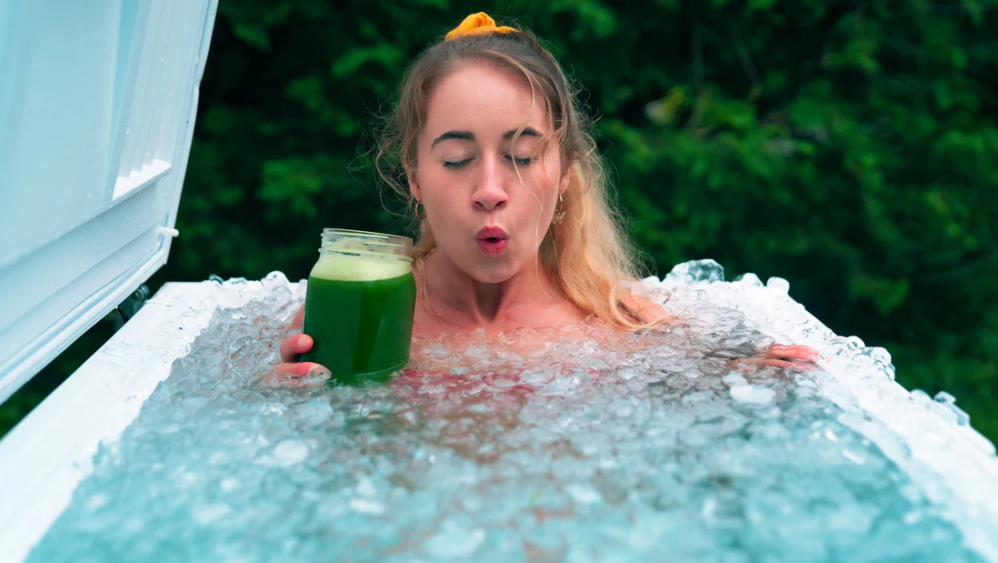
Overview of Studies on Cold Exposure and Aging
Recent studies have explored the role of cold therapy in reducing inflammation and oxidative stress, two factors that accelerate aging. A 2021 study published in the Journal of Aging and Health found that individuals who regularly practiced cold therapy reported better joint mobility, lower inflammation markers, and improved mood compared to a control group.
Potential Anti-Aging Benefits of Cold Therapy
Cold therapy is thought to boost the body’s resilience against physical stress. It can improve vascular health, promote mental clarity, and enhance physical performance. These benefits align with many aspects of healthy aging, suggesting cold therapy’s potential as an anti-aging tool.
How Cold Therapy May Influence Longevity and Metabolic Health
Cold exposure may support longevity by boosting metabolic efficiency. When exposed to cold, the body uses more energy to maintain core temperature, potentially enhancing metabolism and supporting weight management. Improved metabolic health can reduce the risk of age-related diseases, such as type 2 diabetes, thereby contributing to overall longevity.
Limitations and the Need for Further Studies
While the research is promising, more studies are needed to fully understand cold therapy’s anti-aging effects. Currently, much of the evidence is anecdotal or based on small-scale studies. Large, long-term studies are necessary to draw definitive conclusions on cold therapy’s potential to extend life.
Practical Applications: How to Incorporate Cold Therapy into Daily Life
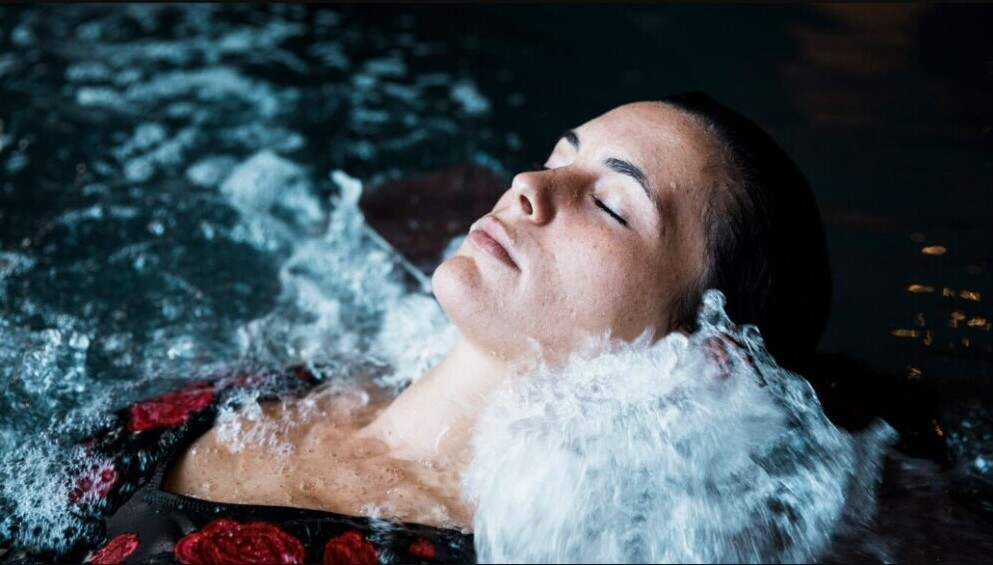
Different Methods for Practicing Cold Therapy
If you’re interested in trying cold therapy, there are several ways to start. Cold showers are an accessible entry point, allowing you to experience the benefits without needing special equipment. For those looking for a deeper experience, ice baths and WBC are available at specialized facilities.
Safe Practices for Cold Therapy
Safety is essential. Cold exposure should generally last between 1 to 5 minutes and not exceed temperatures below -200°F in WBC settings. Beginners should start with shorter exposure times and gradually increase duration as their tolerance builds.
Product Recommendation: High-Quality Ice Bath Tub
For those who want to try cold therapy at home, consider the LifePro Ice Bath Tub–
- Rating: ⭐️⭐️⭐️⭐️⭐️ (4.7)
- Description: This portable ice bath tub is designed for easy setup and convenient use at home. It includes an insulated layer to maintain cold water temperature longer, ideal for ice baths.
- Benefits: Allows users to access ice bath benefits without visiting a spa or gym. With enhanced durability and comfort, this tub lets users try cold therapy in a controlled setting.
Personalizing a Cold Therapy Routine
Cold therapy isn’t a one-size-fits-all solution. Individuals with conditions like heart disease or high blood pressure should consult a physician. Tailoring your routine based on your health status ensures that you reap the benefits safely and effectively.
Potential Risks and Considerations of Cold Therapy
Health Warnings
People with certain health conditions should avoid or approach cold therapy with caution. Cold exposure can increase heart rate and blood pressure, making it risky for individuals with cardiovascular issues.
Possible Side Effects and Discomfort
Prolonged exposure to cold can lead to frostbite, hypothermia, and skin damage. Beginners often experience discomfort, numbness, and tingling, which are common but temporary. It’s crucial to use a timer and avoid exceeding recommended exposure times.
Balancing Cold Therapy with Other Wellness Practices
Cold therapy works best as part of a balanced wellness regimen. Combining it with a nutrient-rich diet, regular exercise, and sufficient sleep ensures holistic health benefits.
Ethical Considerations
While cold therapy is popular, some practitioners question the ethics of promoting unverified health benefits. It’s essential to approach cold therapy as a complement to, not a replacement for, scientifically validated health practices.
Conclusion
Cold therapy holds exciting potential for managing and possibly slowing some effects of aging. While evidence suggests that cold exposure can support cellular health, reduce inflammation, and enhance recovery, it’s essential to practice it safely and understand its limitations. Trying methods like cold showers or ice baths at home can offer an entry point to cold therapy, but professional consultation is recommended for individuals with existing health conditions.
For those intrigued by the benefits, cold therapy may be worth exploring as a way to boost resilience and vitality. Embracing cold as part of a broader wellness approach allows you to enjoy its unique advantages without compromising other aspects of health. As with any wellness practice, balance and mindfulness are key.
Disclaimer: All the content on this site is for informational purposes only, does not constitute medical advice, and does not establish any kind of patient-client relationship by your use of this website. I am not a health care professional. The information, including but not limited to text, graphics, images and other material contained on this website are for informational purposes only. No material on this site is intended to be a substitute for professional medical advice, diagnosis, or treatment. Before starting any new regimen, supplement, diet, or program, it is crucial to consult with a healthcare professional to ensure it is safe and suitable for your individual health needs and circumstances. This website also contains affiliate links. This means if you click and make a purchase, we may receive a small commission. Don’t worry, there’s no extra cost to you. It’s a simple way you can support our mission to bring you quality content.




